If you’re shopping around for a new camera or lens, you’ve got to consider the crop factor—how much of what you see in the viewfinder is actually being cropped out of the final image. Unless you’re shooting with a full-frame camera, you’re going to suffer some degree of cropping. This video breaks down the effects—and how to bypass them—pretty effectively.
There’s a fair bit of math involved with this one. But don’t worry, we’ll break it down after the video:
What is Crop Factor?
Crop factor is the amount that a camera crops the image seen in the viewfinder. In the video, Tony Northrup uses three sample cameras with different crop factors:
- Canon 5D Mark II – a full-frame camera (no image is lost)
- Canon 7D – an APS-C sensor (1.6x crop factor)
- Olympus OM-D E-M10 – micro 4/3 sensor (2x crop factor)
For consistency, Tony attaches each camera to a tripod-stabilized 70-200mm lens locked at 100mm. The three cameras produce wildly different shots:
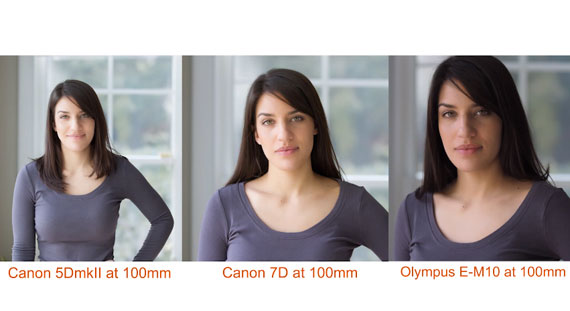
It’s actually easy to understand why this is. Just multiply the crop factor by your zoom setting. Tony was shooting at 100mm, so 100 (lens mm) x 2 (Olympus crop factor) = 200. This means even though the lens was set at 100mm, he was actually shooting at 200mm—which is why the image is so much tighter.
How Crop Factor Affects Bokeh
But zoom range isn’t the only aspect affected by a smaller sensor. Backgrounds are also altered. Take a look at the following comparison between the 5D Mark II and E-M10, even once he zoomed into 200mm to level the playing field:
The full-frame camera captures a softer, blurrier background. There’s also the issue of noise to consider, because smaller sensors capture less light; the Olympus doesn’t catch light as pleasantly.
But this isn’t unsolvable. It just means that, in order to understand true aperture with a small sensor, you need to multiply that by the crop factor, too. To achieve the same bokeh you can jog up the aperture on the 5D to f/5.6:
How Crop Factor Affects Lenses
Let’s assume you have the Olympus camera with a micro 4/3 sensor. You’re shooting with the Olympus 45mm f/1.8 lens. You might assume that, when compared with a Canon 85mm f/1.8 lens on a 5D Mark II, they’d be identical, right? Because Olympus has a 2x crop factor, and 45 x 2 = 90mm, which is close to 85mm.
But that’s not taking into account the aperture affectation, which actually transforms it into a 90mm f/3.6 lens. It’s a bit of a sneaky move by camera manufacturers, and a misrepresentation of the lens’s true abilities when matched with a small sensor camera. (Which most non-professional photographers use.)
Are Smaller Sensors Always Worse?
No, they’re not. But if you can’t afford a full-frame body yet, you’ll need to be aware of how they operate in order to take comparable shots. Like here, where the images are truly the closest so far:
By dropping two f-stops and cutting your ISO down to reduce noise, you can get a really nice image quality with soft bokeh and natural lighting. You just need to know how to manage the effect.
Like This Article?
Don't Miss The Next One!
Join over 100,000 photographers of all experience levels who receive our free photography tips and articles to stay current:
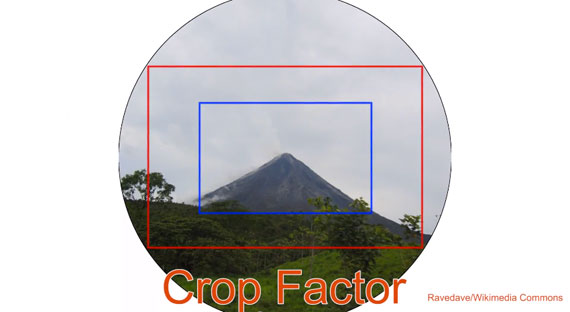
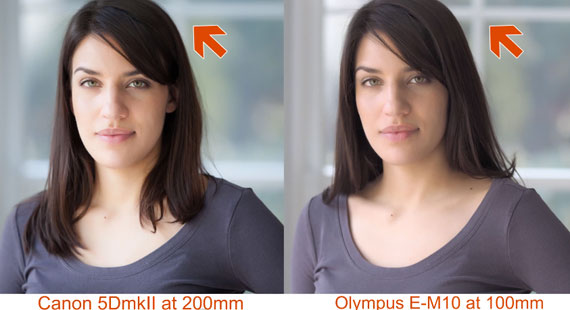
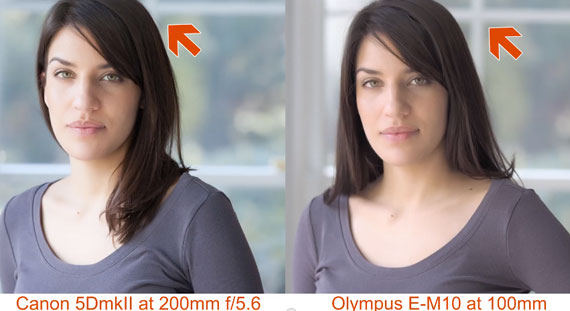
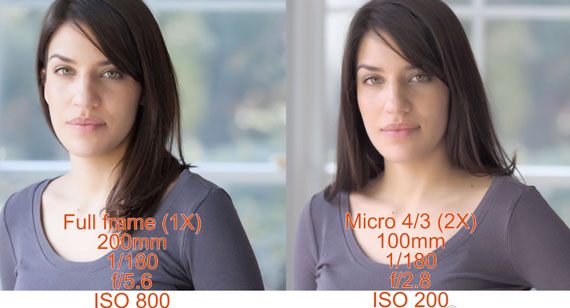






Interesting article.
I’m a bit concerned about this line though:
“Crop factor is the amount that a camera crops the image seen in the viewfinder.”
That’s not correct. What is seen through the viewfinder of the relevant camera is (more or less) what will be captured by that camera’s sensor.
I’m wondering if Tony Northrup, for whom I have a great deal of respect, is aware of the fact that his video/images are being used here.
Luckily, what you say above is not the same as what Tony says in the video.